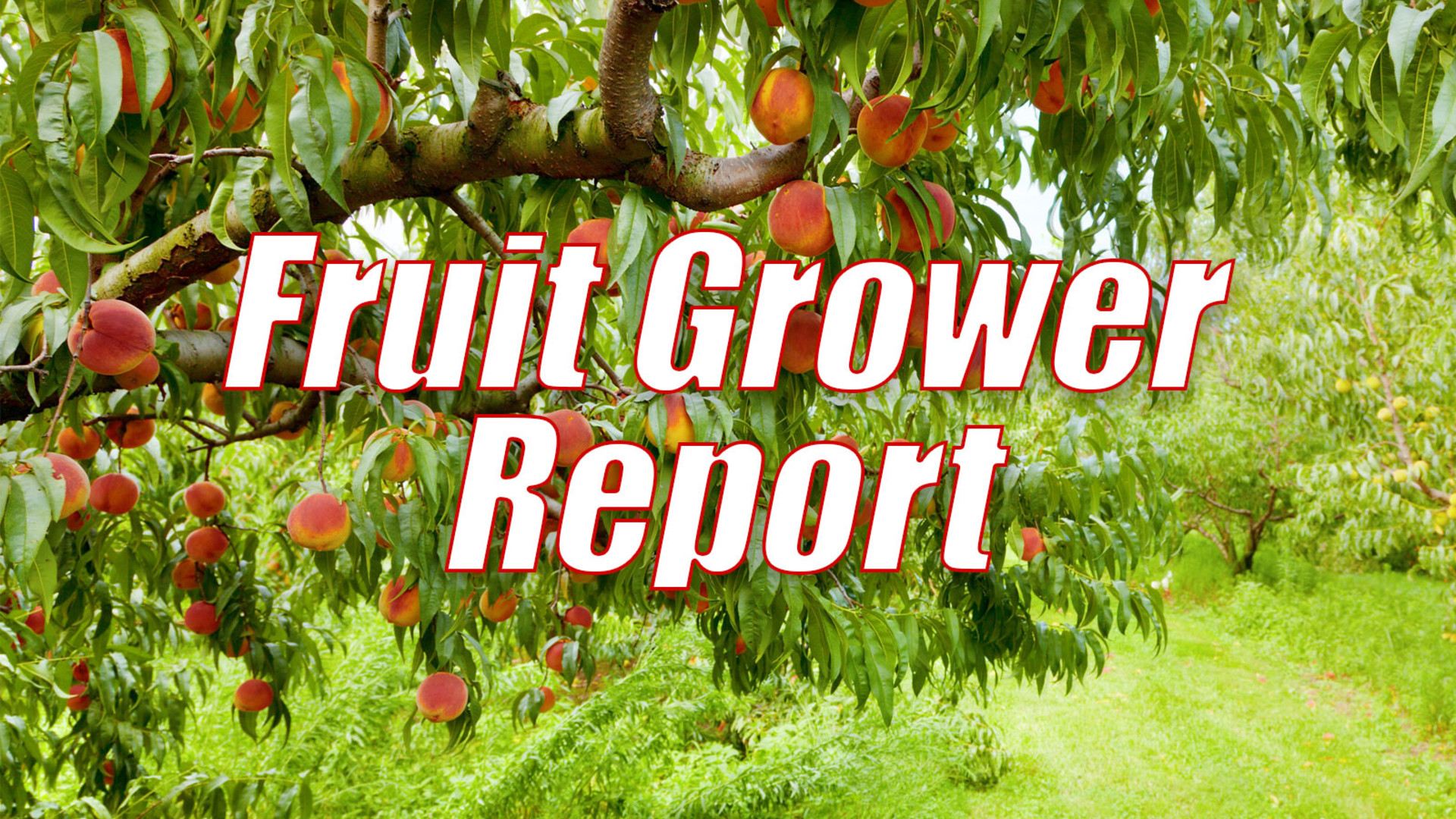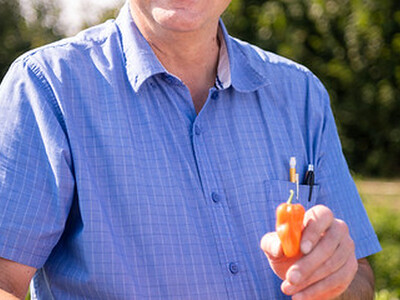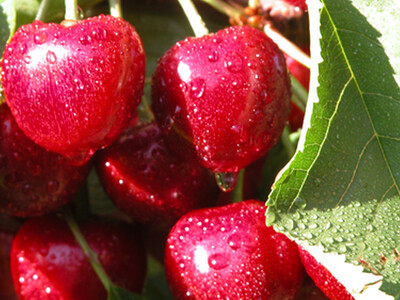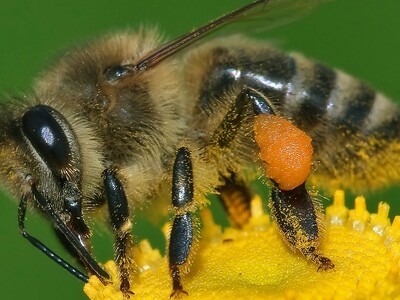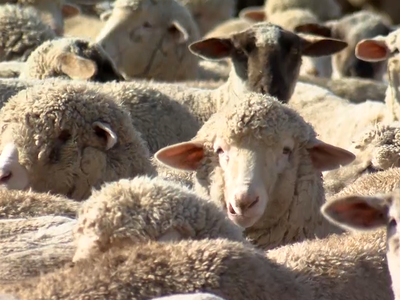Setting Traps
Setting Traps. I'm Greg Martin with today's Fruit Grower Report.We were on a walk the other day and my granddaughter noticed an insect trap on a tree. I had to explain it wasn't a fairy tent but a place for bad bugs to go. It's that time again in the northwest and Oregon Depart of Ag's Helmuth Rogg says they are looking for up to 20 invasive insects.
ROGG: This has changed quite a bit from about 20 years ago when we looked just for Japanese beetle or gypsy moth. We're looking now for a long list of invasive species that potentially can make their way to Oregon.
While the list of unwanted insects has grown, the approach of early detection and rapid response remains the same. Placing the traps statewide every year helps detect small populations of invasive insects that can be easily eradicated before they grow and spread. The bulk of the traps once again will be for gypsy moth.
ROGG: We have this year, different colors. Half of the traps are the typical green color. The other half is kind of a brown color. It's the same trap, it's just a different color and still has the same sexual pheromone that attracts a male moth to that trap.
ROGG says it normally takes one trapper about three weeks to check some 800 Japanese beetle traps located near the Portland Airport. But thanks to tiny cameras located on some of the traps, they can be checked daily as photos are transmitted to a website.
ROGG: So 300 of these traps will be photo traps that I can check here on my computer within five minutes.
That's today's Fruit Grower Report. I'm Greg Martin on the Ag Information Network.


